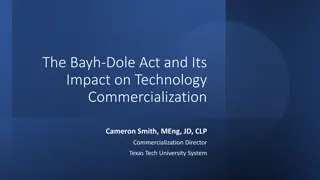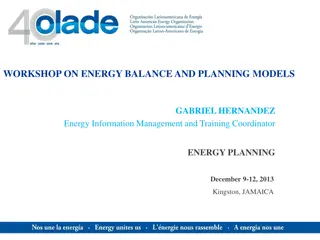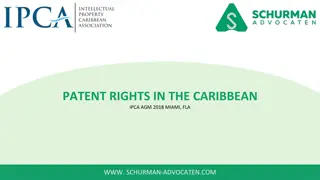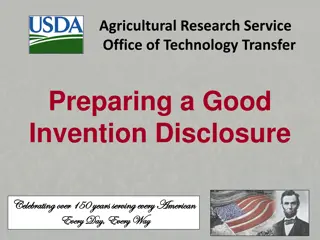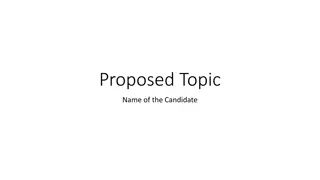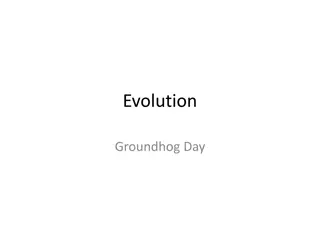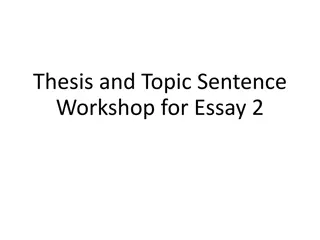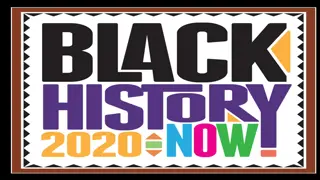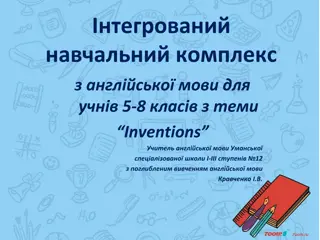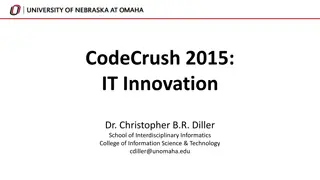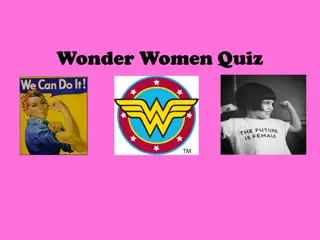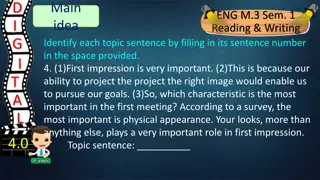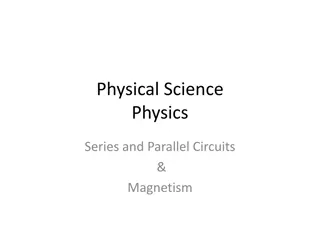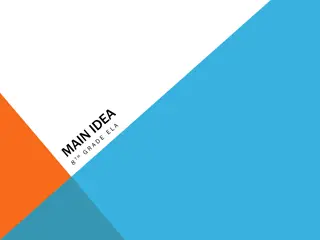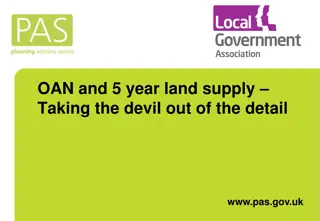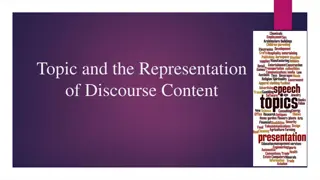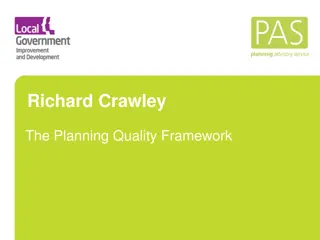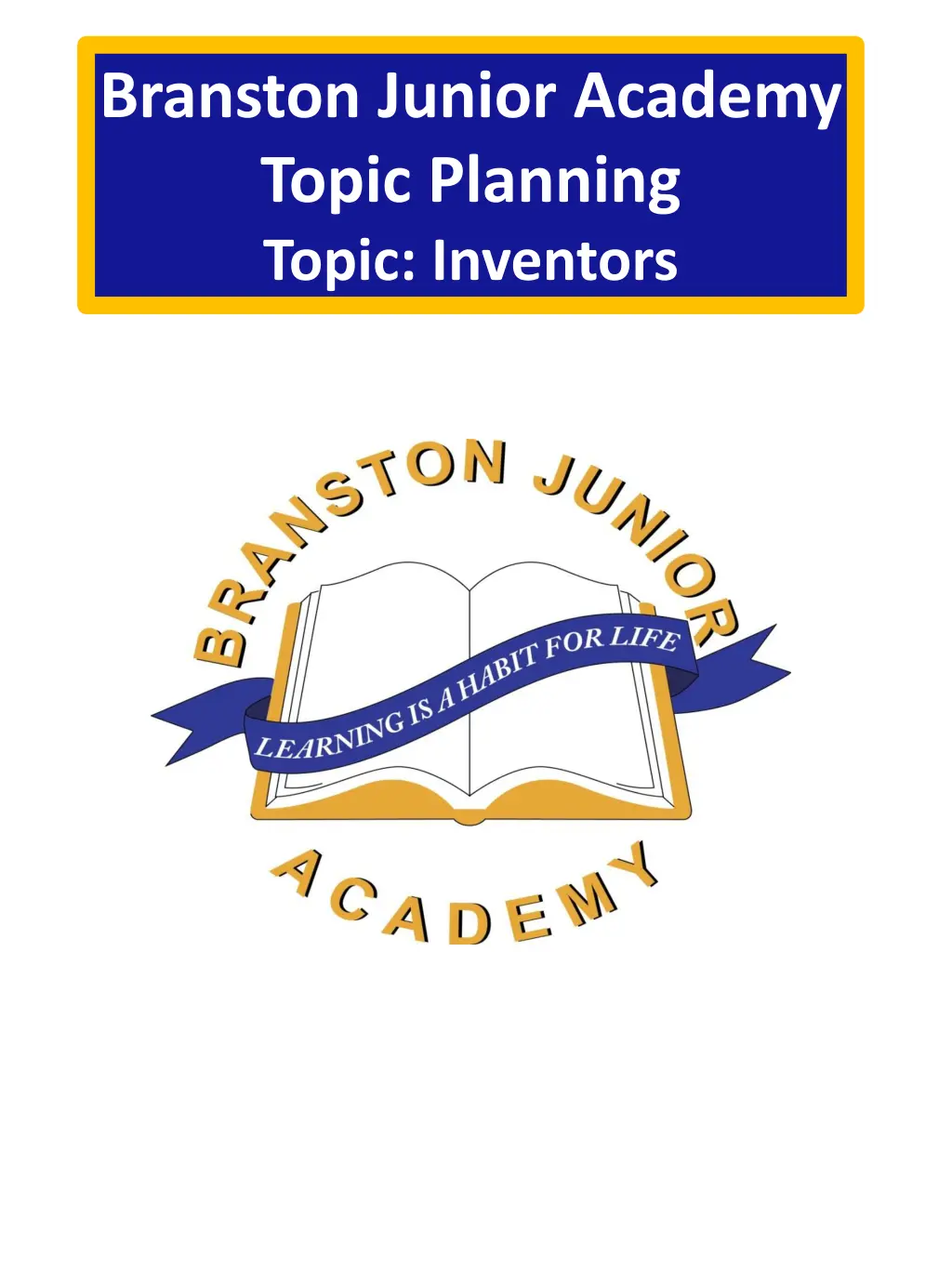
Exciting Inventors Topic at Branston Junior Academy
Explore a dynamic curriculum covering sound, electricity, animals, humans, and computing skills at Branston Junior Academy. From understanding vibrations to creating electrical circuits, students discover the wonders of science while developing essential IT proficiency. Join us for an enriching educational journey filled with hands-on experiments and engaging activities.
Download Presentation

Please find below an Image/Link to download the presentation.
The content on the website is provided AS IS for your information and personal use only. It may not be sold, licensed, or shared on other websites without obtaining consent from the author. If you encounter any issues during the download, it is possible that the publisher has removed the file from their server.
You are allowed to download the files provided on this website for personal or commercial use, subject to the condition that they are used lawfully. All files are the property of their respective owners.
The content on the website is provided AS IS for your information and personal use only. It may not be sold, licensed, or shared on other websites without obtaining consent from the author.
E N D
Presentation Transcript
Branston Junior Academy Topic Planning Topic: Inventors
Science National Curriculum Objectives Year 3/4 Sound: Pupils should be taught to: identify how sounds are made, associating some of them with something vibrating recognise that vibrations from sounds travel through a medium to the ear find patterns between the pitch of a sound and features of the object that produced it find patterns between the volume of a sound and the strength of the vibrations that produced it recognise that sounds get fainter as the distance from the sound source increases. Year 3/4 Electricity: identify common appliances that run on electricity construct a simple series electrical circuit, identifying and naming its basic parts, including cells, wires, bulbs, switches and buzzers identify whether or not a lamp will light in a simple series circuit, based on whether or not the lamp is part of a complete loop with a battery recognise that a switch opens and closes a circuit and associate this with whether or not a lamp lights in a simple series circuit recognise some common conductors and insulators, and associate metals with being good conductors. Year 5/6 Animals Including Humans Pupils should be taught to: describe the changes as humans develop to old age. identify and name the main parts of the human circulatory system, and describe the functions of the heart, blood vessels and blood recognise the impact of diet, exercise, drugs and lifestyle on the way their bodies function describe the ways in which nutrients and water are transported within animals, including humans. Year 5/6 Electricity Pupils should be taught to: Associate the brightness of a lamp or the volume of a buzzer with the number and voltage of cells used in the circuit Compare and give reasons for variations in how components function, including the brightness of bulbs, the loudness of buzzers and the on/off position of switches Use recognised symbols when representing a simple circuit in a diagram.
Computing National Curriculum Objectives Skills Journal Objectives Years 3 and 4 Summer 1 Word Processing Skills and Understanding Key skills that can be applied within the Microsoft Office Suite IT 2: Select, use and combine a variety of software [ ] on a range of digital devices to design and create a range of programs, systems and content that accomplish given goals, including [ ] presenting data and information. I can search images and websites on Google I can use Microsoft word including text and pictures I can use Microsoft PowerPoint to pictures, words, animations and sounds combine I understand how algorithms work and detect mistakes in algorithms Summer 2 Filmmaking: Stop-frame Animation Using Stop Motion Studio for Android tablets IT 2: Select, use and combine a variety of software [ ] on a range of digital devices to design and create a range of programs, systems and content that accomplish given goals, including [ ] evaluating and presenting data and information. DL 3: Use technology safely, respectfully and responsibly; recognise acceptable/unacceptable behaviour; identify a range of ways to report concerns about content and contact. Work with variables and various forms of input and output I can design and write programs Years 5 and 6 Summer 1 Computational Thinking CS 1: [ ] solve problems by decomposing them into smaller parts. CS 3: Use logical reasoning to explain how some simple algorithms work and to detect and correct errors in algorithms and programs. Summer 2 Filmmaking IT 2: Select, use and combine a variety of software [ ] on a range of digital devices to design and create a range of programs, systems and content that accomplish given goals, including [ ] evaluating and presenting data and information. DL 3: Use technology safely, respectfully and responsibly; recognise acceptable/unacceptable behaviour; identify a range of ways to report concerns about content and contact.
History National Curriculum Coverage Skills Journal Objectives I can identify and describe changes in specific periods of history. Pupils should be taught: A study of an aspect or theme in British history that extends pupils chronological knowledge beyond 1066 I can explain how the past can be represented i.e. pictures, postcards and so on. changes in an aspect of social history, such as crime and punishment from the Anglo-Saxons to the present or leisure and entertainment in the 20th Century I can use dates and vocabulary relating to the passing of time, including ancient, modern, century and decade. I can place events, people and changes into correct periods of time. What was the social impact of key inventions and innovations in technology? I can describe what I know clearly in writing and pictures I can handle artefacts properly. I can examine artefacts and explain how they are different, thinking about size, signs of wear and tear, purpose. I can choose appropriate sources to answer questions about specific people and events I can combine sources of information to form an opinion.
Art and Design National Curriculum Objectives Skills Journal Objectives Pupils should be taught: * No specific 3d modelling objectives To create sketch books to record their observations and use them to review and revisit ideas IT in art from computing objectives: I can search images and websites on Google To improve their mastery of art and design techniques, including drawing, painting and sculpture with a range of materials [for example, pencil, charcoal, paint, clay] I can use Microsoft PowerPoint to combine pictures About great artists, architects and designers in history.
Design Technology National Curriculum Objectives Skills Journal Objectives *No specific skills journal objectives Use research and develop design criteria to inform the design of innovative, functional, appealing products that are fit for purpose, aimed at particular individuals or groups Generate, develop, model and communicate their ideas through discussion, annotated sketches, cross-sectional and exploded diagrams, prototypes, pattern pieces and computer-aided design Select from and use a wider range of tools and equipment to perform practical tasks [for example, cutting, shaping, joining and finishing], accurately Select from and use a wider range of materials and components, including construction materials, textiles and ingredients, according to their functional properties and aesthetic qualities Investigate and analyse a range of existing products Evaluate their ideas and products against their own design criteria and consider the views of others to improve their work Understand how key events and individuals in design and technology have helped shape the world Understand and use electrical systems in their products [for example, series circuits incorporating switches, bulbs, buzzers and motors] Apply their understanding of computing to program, monitor and control their products.
Languages National Curriculum Objectives Skills Journal Objectives listen attentively to spoken language and show understanding by joining in and responding explore the patterns and sounds of language through songs and rhymes and link the spelling, sound and meaning of words engage in conversations; ask and answer questions; express opinions and respond to those of others; seek clarification and help* speak in sentences, using familiar vocabulary, phrases and basic language structures develop accurate pronunciation and intonation so that others understand when they are reading aloud or using familiar words and phrases* present ideas and information orally to a range of audiences* read carefully and show understanding of words, phrases and simple writing appreciate stories, songs, poems and rhymes in the language broaden their vocabulary and develop their ability to understand new words that are introduced into familiar written material, including through using a dictionary write phrases from memory, and adapt these to create new sentences, to express ideas clearly describe people, places, things and actions orally* and in writing understand basic grammar appropriate to the language being studied, including (where relevant): feminine, masculine and neuter forms and the conjugation of high-frequency verbs; key features and patterns of the language; how to apply these, for instance, to build sentences; and how these differ from or are similar to English Listen attentively to spoken language and show understanding by joining in and responding Speak in sentences using familiar vocabulary Read carefully and show understanding of words and phrases Use a dictionary to identify unfamiliar words Write phrases from memory and adapt these to create new sentences Ask and answer basic questions such as what is your name, where do you live, how old are you, what time is it? Count up to 100 Name basic animals
Music National Curriculum Objectives Skills Journal Objectives Whole School: Play and perform in solo and ensemble contexts, using their voices and playing musical instruments with increasing accuracy, fluency, control and expression I can reflect on, and improve my own work I can explain what I think a piece of music s purpose could be Listen with attention to detail and recall sounds with increasing aural memory I can compare pieces, thinking about pitch, mood, rhythm, timbre, dynamics and tempo Appreciate and understand a wide range of high-quality live and recorded music drawn from different traditions and from great composers and musicians I can evaluate others work, thinking about pitch, mood, rhythm, timbre, dynamics and tempo Develop an understanding of the history of music. Year 5/6: I can sing expressively in time to the beat and rhythm I can take part in two-part songs
Physical Education National Curriculum Objectives Skills Journal Objectives Pupils should be taught to: Use running, jumping, throwing and catching in isolation and in combination Rounders/ Cricket: I can strike a ball. I can bowl over arm I can use a basket catch to field. I can return a ball to the pitcher or whoever I want. I can call out clearly for a ball. Play competitive games, modified where appropriate [for example, badminton, basketball, cricket, football, hockey, netball, rounders and tennis], and apply basic principles suitable for attacking and defending Athletics: Develop flexibility, strength, technique, control and balance [for example, through athletics and gymnastics] I can sprint 60 metres in under 12 seconds I can change my body shape to decrease air resistance. I can run a mile. I can use my toe and heel to spin and throw a discus. I can throw the javelin With a run up Without a run up I can handle a shot put safety I can use a push throw I can jump: One foot to the other (high jump) One foot to two feet (long jump) One foot to same foot to two feet ( triple) Take part in outdoor and adventurous activity challenges both individually and within a team Compare their performances with previous ones and demonstrate improvement to achieve their personal best. Swimming: I can swim over 20 metres using front crawl, back stroke or breast stroke. I can use a float to swim a length using just my feet. I can synchronise my breathing with my stroke.
RE Lincolnshire Syllabus Objectives Skills Journal Objectives Year 3/4 Symbols and Community Expression: Islam Year 5/6 Faith and belief in action and Expressions of Belonging: Islam I can explain things that are the same and different for religious people. I can describe and compare the different practices and experiences involved with different religious groups. Year What do the main concepts in Islam reveal about the nature of Allah? What is the purpose of visual symbols in a mosque? How is Muslim worship expressed collectively? How does Muslim worship and celebration build a sense of community? I can explain how similarities and differences between religions affect peoples lives. I can describe what can be learned from religious stories. I suggest reasons for the similarities and differences in forms of religion. Year 5/6 What does the Qur an teach Muslims about how they should treat others? How do Muslim teachings guide the way Muslims act in the world? How are Muslim beliefs expressed in practice? How do Muslims show they belong? I can compare some of the things that influence me with those that influence other people. I can explain things that are important to me and how they link me to other people. I can think about what I believe.
PSHE Skills Journal Objectives See KS2 Life Values on Skills Journal PSHE objectives to be followed in Dimension programme


